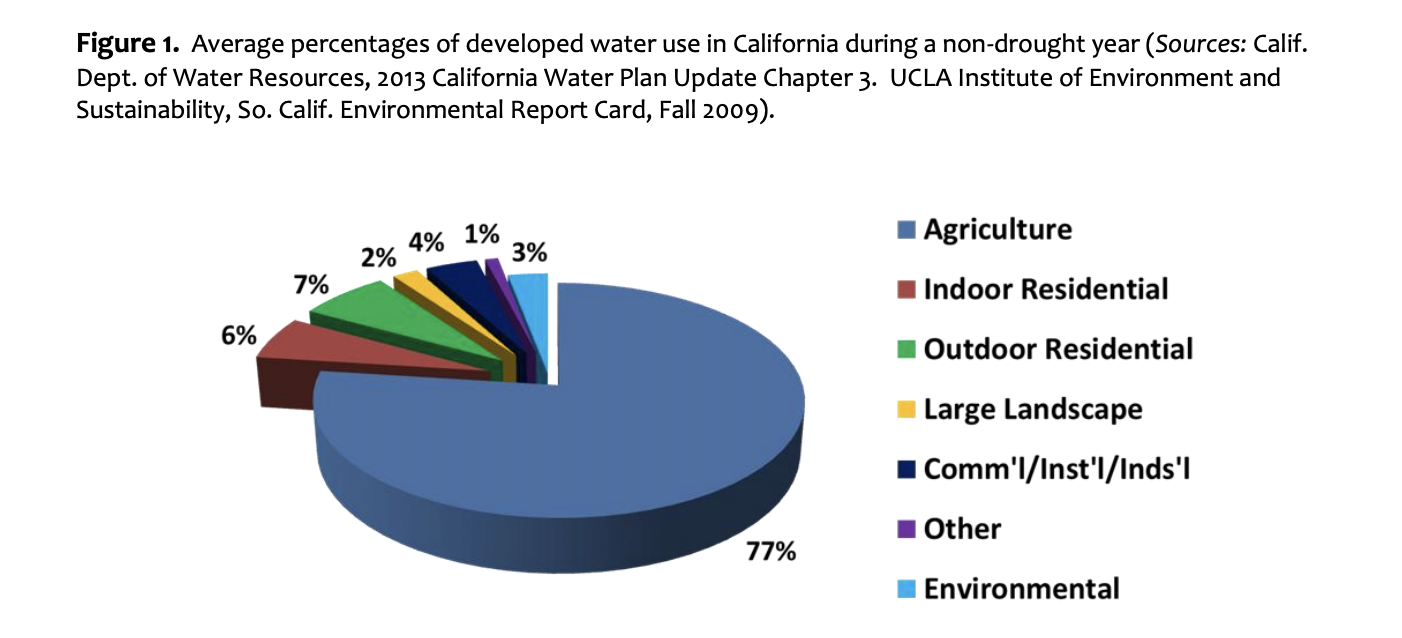
STATEWIDE – Assembly Bill 1572– legislation which would ban watering non-functional grass, passed Assembly May 31. If signed into law, the bill would phase out watering of public and commercial grass that isn’t used for recreation or community space by January 1, 2031.
“Landscaping has so much potential to support California’s important goals to conserve water, support biodiversity, and connect more people to nature,” said Assemblymember Laura Friedman (D-Burbank) who authored AB 1572.
Friedman also wrote a companion Assembly Bill 1573 aimed at replacing non-functional grass with water-conserving California native plants for commercial and public landscaping projects. It also passed Assembly May 31.
Non-functional grass
Non-functional grass is turf that is solely ornamental and not regularly used for human recreational purposes or for civic or community events. This is grass on medians, roadsides and business parks.
The requirement does not impact home landscapes, edible gardens, and lawns used for recreation or civic gatherings.
Phasing Out
If signed into law, starting in 2027, the law would ban the Department of General Services from watering grass on their properties that isn’t used for recreation or community space.
In 2028, the law prohibits local agencies and public water systems from watering non-functional grass on their properties. By 2030, the law would apply to common areas of all multifamily residential properties. In 2031, all common areas of multifamily residential affordable housing properties will be prohibited from watering non-functional grass.
RELATED: Nonprofit says almond and alfalfa crops depleting California water resources
Impact and potential cost
According to a 2015 UC Riverside Center for Landscape and Urban Horticulture paper, landscape irrigation accounts for 9% of total statewide developed water use. Seven percent of that total is residential lawn watering and 2% is public and community space irrigation.

The study says changing landscapes to low-water using plants could be significant. These costs include labor and material for plants, installing or retrofitting irrigation systems, and other materials.
To track and read the full Assembly Bill 1572 visit https://legiscan.com/CA/bill/AB1572/2023

